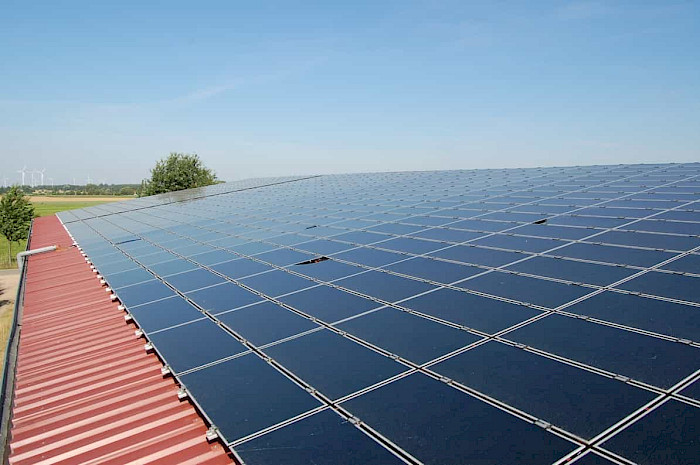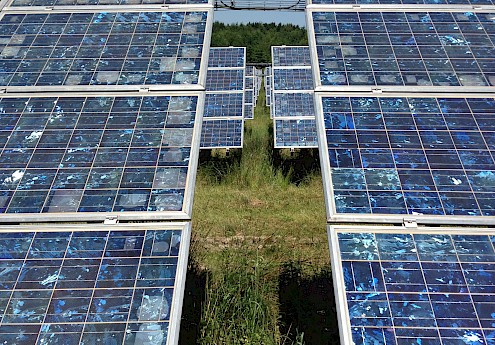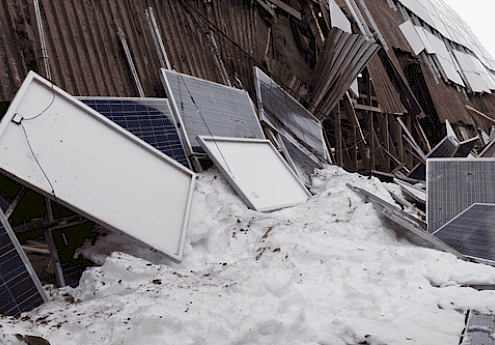
What you should do in case of snow pressure damage to the photovoltaic system
Depending on which region you live in, you may have to deal with more or less snow in winter. As beautiful as this sight is, it can also have negative effects on a photovoltaic system. A loss of yield due to a thick blanket of snow is the least of the problems for operators. It is much more annoying if too much snow causes damage to the photovoltaic system or even the roof itself.
This is what you should do in case of damage caused by snow pressure:
1. Visual inspection
After the storm, check whether too much snow has damaged or scratched individual photovoltaic modules.
If the snow has thawed, slid off the roof or been removed, operators should check from a safe distance whether the snow breakage has caused glass breakage on PV modules or whether the sliding snow or snow clearing work has left scratches on the glass. In addition to superficial and visual damage, such scratches can also indicate deeper damage such as microcracks or cell breakage, which can lead to yield losses in the long term. After a hard winter with lots of snow, operators should also visually check whether the snow pressure or sliding snow has caused PV modules to shift, clamps to loosen or wiring on the solar modules to come loose.

2. Damage assessment
As the photovoltaic system is an electrical system, the system should only be checked by a professional, e.g. an experienced service technician or expert. It can be dangerous for technical laymen, especially in wet winters.
Operators should document all visibly defective (broken glass) or scratched modules. If there are scratched modules, these should be subjected to a thorough inspection. If there is a suspicion of microcracks or cell breakage, a string measurement or electroluminescence recording of the individual modules can provide further evidence of possible damage.
In addition to the substructure, the module clamps, the module frames and the module cabling should also be checked to ensure that they are properly seated. Snow pressure or sliding snow can cause modules to shift, frames to bend and cables to come loose, which can become a major problem in the long term.
Photovoltaic systems mounted on the roof should also be checked to ensure that the ballast is still in the intended position.

3. Report the damage to the insurance company
Photovoltaic systems are normally covered by a special photovoltaic electronics policy. This insurance protects operators against external hazards such as snow and the resulting snow pressure damage.
If there is damage to the PV system, report the damage to your insurance company or broker as soon as possible. You will find the relevant deadline within which you must report damage in your contract. You normally have between three and seven days.
Important information includes the name of the injured party, the insurance number, the time and place of the damage and a precise description of the damage.
Photos, a damage report including defective parts and the amount of damage from an electrician or surveyor are also good, if already available.
If your photovoltaic system has been damaged by snow pressure and solar modules need to be replaced, you can find suitable replacement modules on the SecondSol online marketplace.


